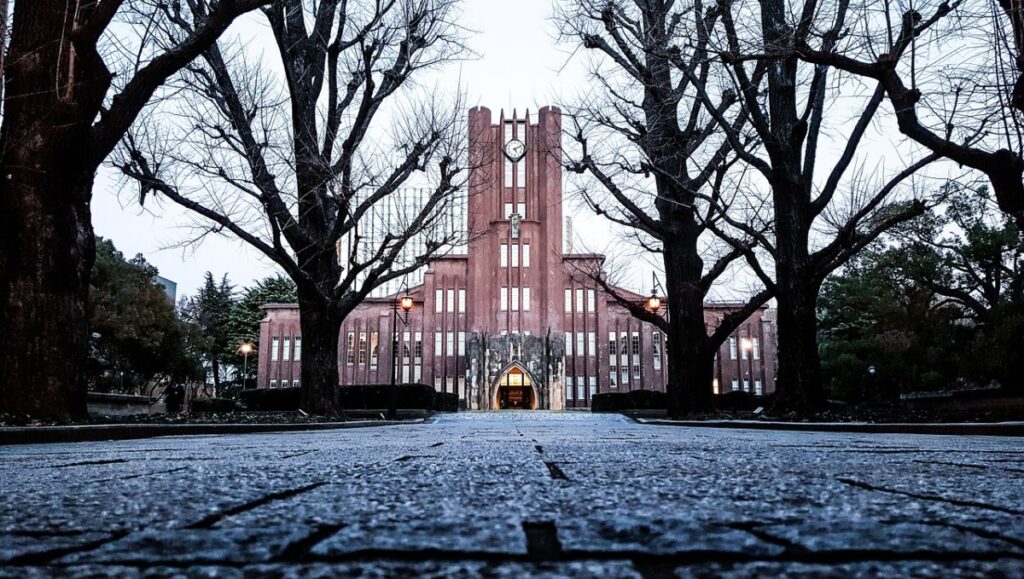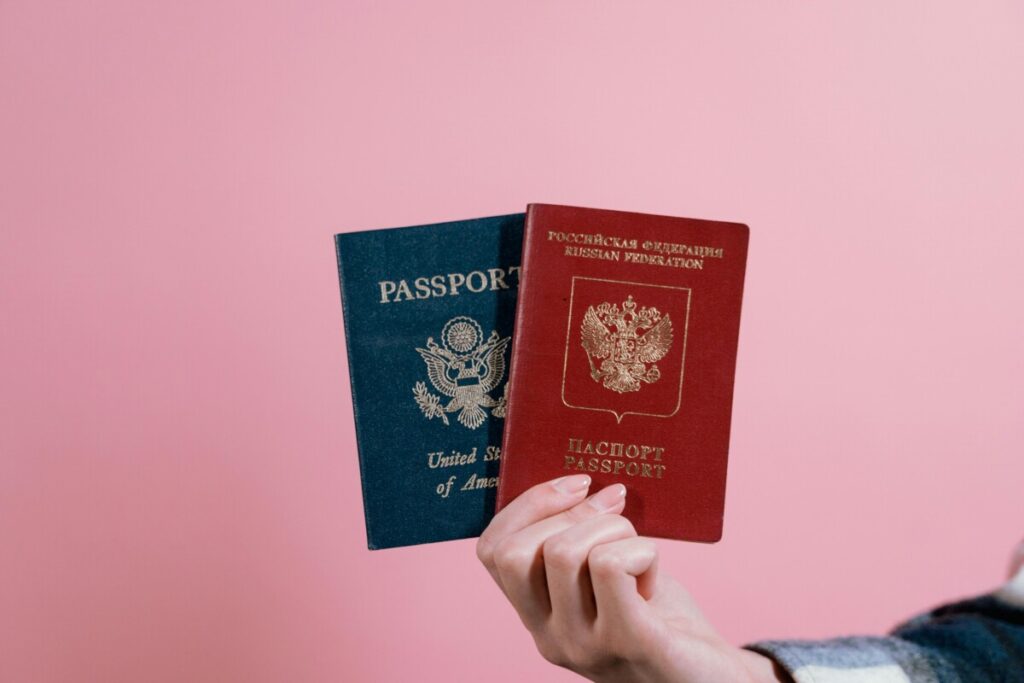Table of Contents
Overview of Studying in the USA
The United States of America is a popular choice for international students because of its globally renowned educational system and stellar academic reputation. Students can access cutting-edge research facilities, a multicultural environment, and a path to global career success by studying in the USA, which offers a variety of study options and cutting-edge teaching methodologies. Students from all over the world choose this country because of its reputation for encouraging creativity and critical thinking.
Advantages of Studying in the United States
The opportunities for studying in the United States are unmatched. Students gain access to cutting-edge resources and are exposed to a variety of cultures from:
Students are also given real-world skills by the USA’s emphasis on internships and hands-on learning.
Advanced educational opportunities.
Connecting with world leaders across a range of industries.
Thriving job opportunities following graduation.

Top Universities in the USA
Prestigious institutions in the USA include:
- Harvard University.
- Stanford University.
- Technology Institute of Massachusetts (MIT).
- Berkeley University of California.
- With their wide range of programs, these universities guarantee that students will find classes that fit their goals.
Popular Courses in the United States
Numerous academic interests are catered to in the USA, with popular programs including:
- Engineering (computer science, electrical, and mechanical).
- Finance and Business Administration (MBA).
- studies in medicine and healthcare.
- social sciences and psychology.
- English language courses for foreign learners who want to become proficient.

Cost of Studying in the USA
Understanding expenses is vital for planning. Costs typically include:
- Annual tuition costs can range from $10,000 to $60,000, depending on the university and program.
- Living expenses: approximately $10,000 to $15,000 annually, which includes lodging, meals, and travel.
- Additional expenses include personal expenses, books, and health insurance.
- To reduce the burden, students can look into financial aid options.
Financial Aid and Scholarships
International students can apply for a variety of financial aid and scholarship programs, such as:
- Fulbright Scholarship.
- Joint World Bank/Japan Graduate Scholarship.
- University-specific need-based and merit-based financial aid.
These resources aid in lowering the cost of education.

Immigration and Visa Requirements
Students need to obtain an F-1 or J-1 visa in order to study in the United States. Important actions consist of:
- Being accepted into a school with SEVP certification.
- Completing the application for a DS-160 visa.
- Appearing at the closest US consulate for a visa interview.
- For approval, financial documentation and evidence of intent to return must be prepared.
Accommodations Available in the United States
International students have the following options:
- On-campus housing: Comfortable dorms.
- Off-campus choices include shared housing or apartments.
- Location affects cost; generally speaking, urban areas are more expensive.
USA Student Life
- Access to sports and extracurricular activities.
- Diversity in culture promotes personal development.
- Networks of support provided by international offices and student organizations.
The United States of America provides a rewarding experience for students:
- Access to sports and extracurricular activities.
- Diversity in culture promotes personal development.
- Networks of support provided by international offices and student organizations.
Advice for Students Before They Study Abroad
A successful study abroad experience requires the following preparations:
- Budgeting and funding acquisition.
- Researching the United States cultural customs and norms.
- Packing necessities, such as academic documents.
English Proficiency Tests and IELTS
Language ability is frequently a requirement for admission. The International English Language Testing System, or IELTS, is a common test.
English as a Foreign Language, or TOEFL.
Getting good grades increases your chances of getting in and winning scholarships.
Working in the USA While Pursuing Education
During the academic year, students with F-1 visas are permitted to work up to 20 hours per week. On-campus positions like teaching assistants or library assistants are popular choices.
Internships offered by the Optional Practical Training (OPT) program are examples of off-campus opportunities.
Opportunities After Graduation
The USA offers graduates high-paying opportunities, such as:
- STEM students’ up to three-year OPT (Optional Practical Training).
- H-1B skilled worker visas.
- In order to establish long-term careers, graduates can also investigate pathways to permanent residency.
Reach out to SVIS Consultants Right Now!
Are you prepared to start your academic journey in the United States of America? let SVIS Consultants, your go-to overseas study consultancy, to help you at every turn.
Our team of seasoned international education consultants offers you individualized guidance, knowledgeable assistance, and all the resources you require to fulfill your goal of studying in the US.

